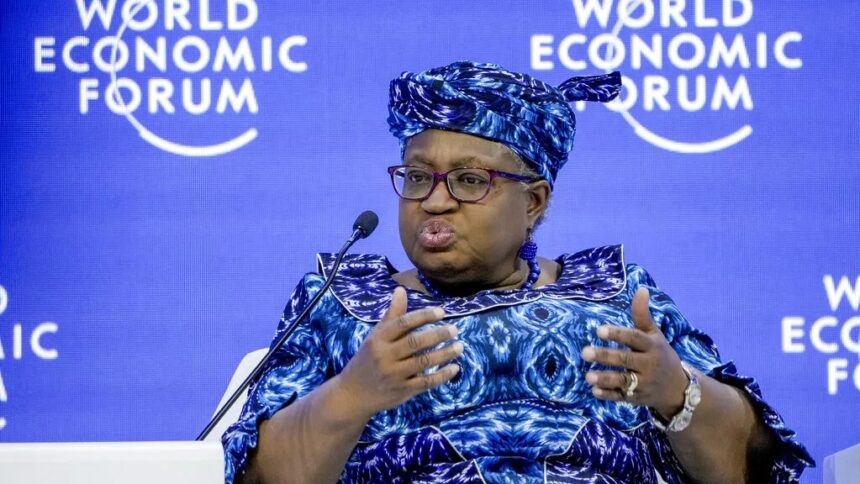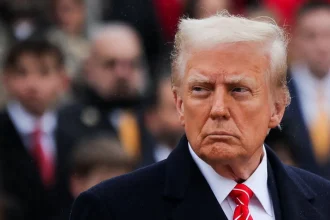World Trade Organization (WTO) has predicted that world trade growth will diminish this year, as a result of the war in Ukraine, inflation, tighter monetary policies, and financial uncertainty, this was made known to the public on Wednesday (5 April 2023).
Since the World Trade Organization’s most recent trade projection was published in October, the outlook for the global economy has marginally improved, although the rate of trade expansion in 2023 is anticipated to be “modest.”
After increasing 2.7% in 2023 and 2022, WTO analysts now anticipate a gain of 1.7% in the amount of goods traded in 2023.
The WTO claims that one important contributing element to this improvement is the loosening of restrictions associated to the Covid-19 outbreak in China, which should relieve the nation’s considerable consumer demand and thereby promote international trade.
“Of course, a peaceful end to the war in Ukraine and a broader reduction in geopolitical tensions would also significantly improve the outlook for the global economy,” WTO chief economist Ralph Ossa said at a press conference.
As opposed to this, he continued, “rapidly rising interest rates could generate further strain on financial markets and harm international commerce,” even if recent bank failures in the United States and Europe appear to have been mostly limited.
WTO economists anticipate 2.4% real GDP growth.
So, it is anticipated that trade and output growth rates will be lower than the 2.6% and 2.7%, respectively, that were recorded during the 12-year period after the collapse of trade brought on by the global financial crisis.
“Trade continues to be a driver of the resilience of the global economy, but it will remain under pressure from external factors in 2023,” said WTO Director-General Ngozi Okonjo-Iweala in an accompanying statement. the publication of the forecasts, calling once again on governments to avoid a “fragmentation of trade” and not to create “barriers to trade”.
Due to the decline seen in the fourth quarter of the previous year, the 3.5% rate anticipated by the WTO in October was lower than the 2.7% rate of growth in 2022 for the amount of global commerce.
Rising global commodity prices, tightening monetary policy in reaction to inflation, and Covid-19 outbreaks that interrupted production and trade in China were among of the factors that caused this decrease.
The key elements that affected commerce and production in 2022 and are probably going to continue to do so in 2023, according to Mr. Ossa, were the lingering effects of COVID-19 and rising geopolitical tensions.
The report also urges governments and regulators to be “attentive to these financial risks” in the upcoming months, noting that “interest rate hikes in advanced economies have also highlighted flaws in banking systems that could lead to greater financial instability if left untreated.”
According to the WTO, central banks are in a challenging position as a result of years of expansionary monetary policy. They must strike “a balance” that will allow them to control inflation while promoting economic growth and preserving financial stability, the WTO warns. “A miscalculation could have negative consequences on the world economy and trade.”
Prior to saying: “No one ever suggested it would be easy to backtrack on low-interest rates and we are likely to go through periods of instability,”
It is anticipated that trade growth will increase to 3.2% and GDP growth to 2.6% in 2024.
According to the WTO, there are substantial downside risks, such as escalating geopolitical tensions, global food insecurity, the possibility of unanticipated effects from tighter monetary policy, risks affecting financial stability, and rising debt levels, which make this estimate “tinged with greater than usual uncertainty.”
Ref: AFP















